Stories just waiting to be told
Everything but the
kitchen sink
A qualitative and quantitative data-driven, 14-month website redesign and replatforming project at Canon that completely restructured the technological ecosystem.

Client
Canon Business Services
Responsibilities
Product Management
Information Architecture
Visual UI Design
Research & Analysis
Front-End Development
When I joined Canon, the existing website lacked narrative. While users could find information, the content didn’t engage them. The site’s measurable impact was unclear. Success stories were underserved in an attempt to meet perceived user needs. To establish a distinct narrative, we first had to gain a deeper understanding about what our users were looking for—to make sure we were having the right conversations with the right prospects at the right time in their user journeys.
Research
For the first few months, my team interviewed a cross section of Canon’s stakeholders, partners, and internal subject matter experts to gather the necessary insight and ideas to address internal and customer pain points.
A number of priorities surfaced during the course of our discovery, research, and interviewing. To implement our initiatives, we used Intel and Google’s tried-and-true framework of OKRs—Objectives & Key Results—to help us create a wholly effective site. OKRs acted as a forcing function for prioritization and focus. They aligned our team effort and made sure everybody was working towards the same goal.
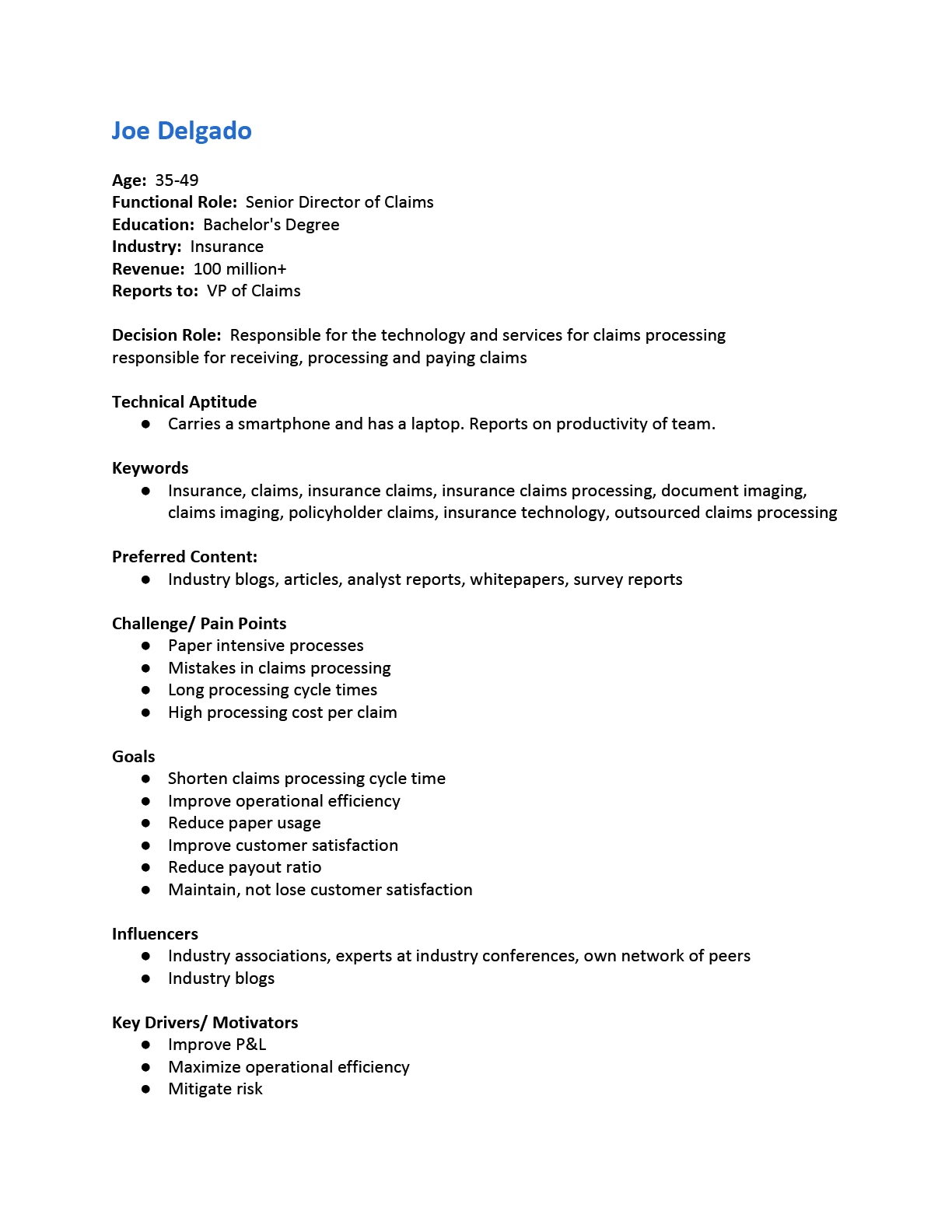
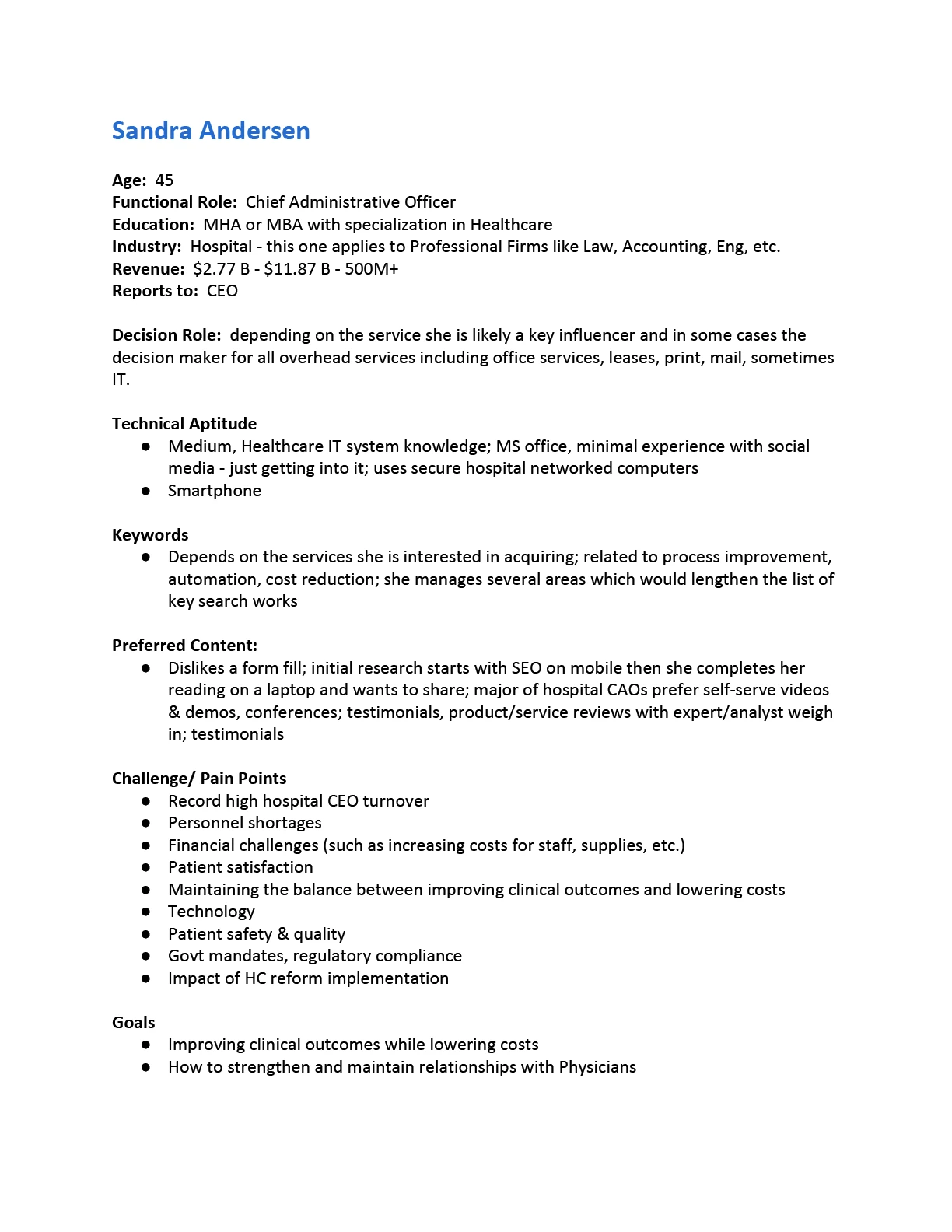
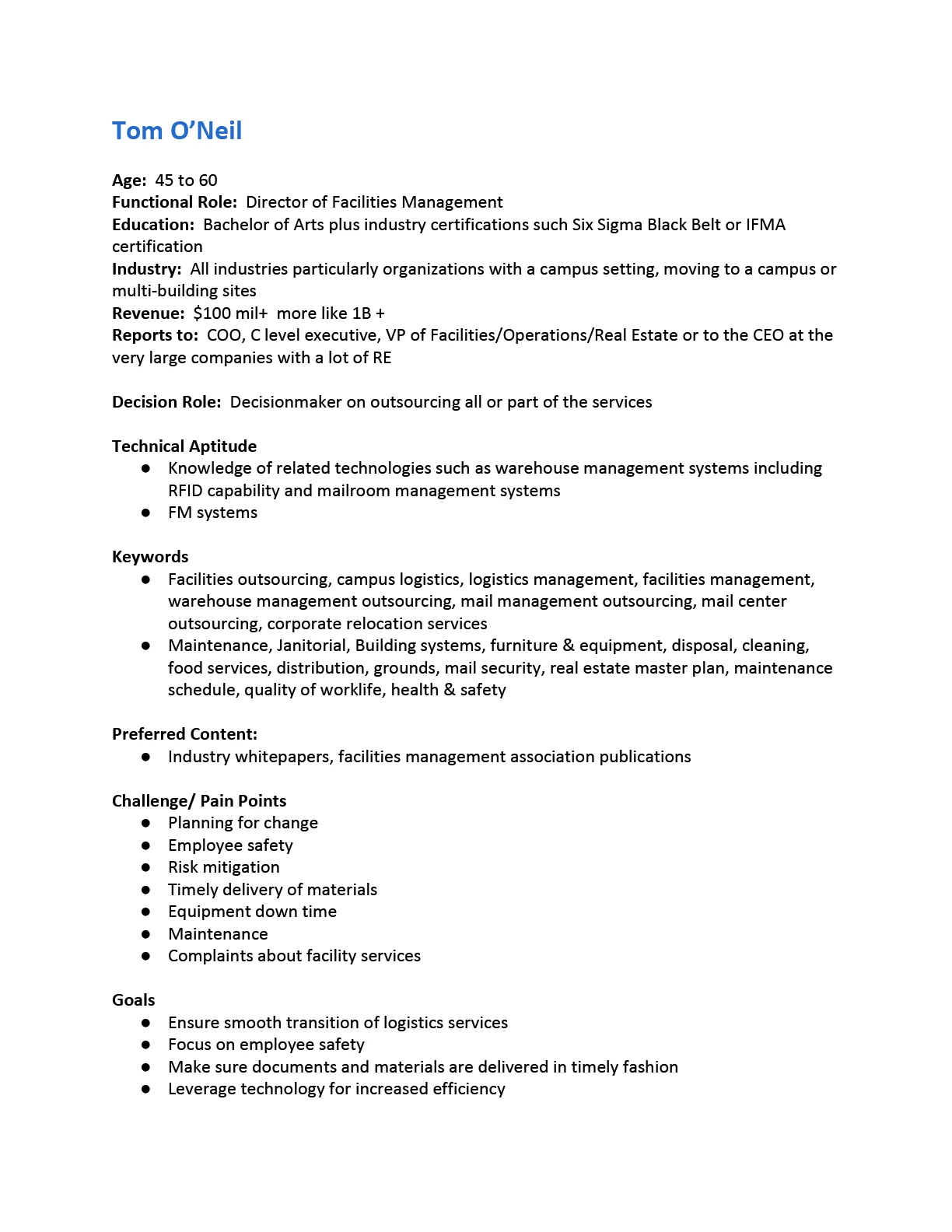
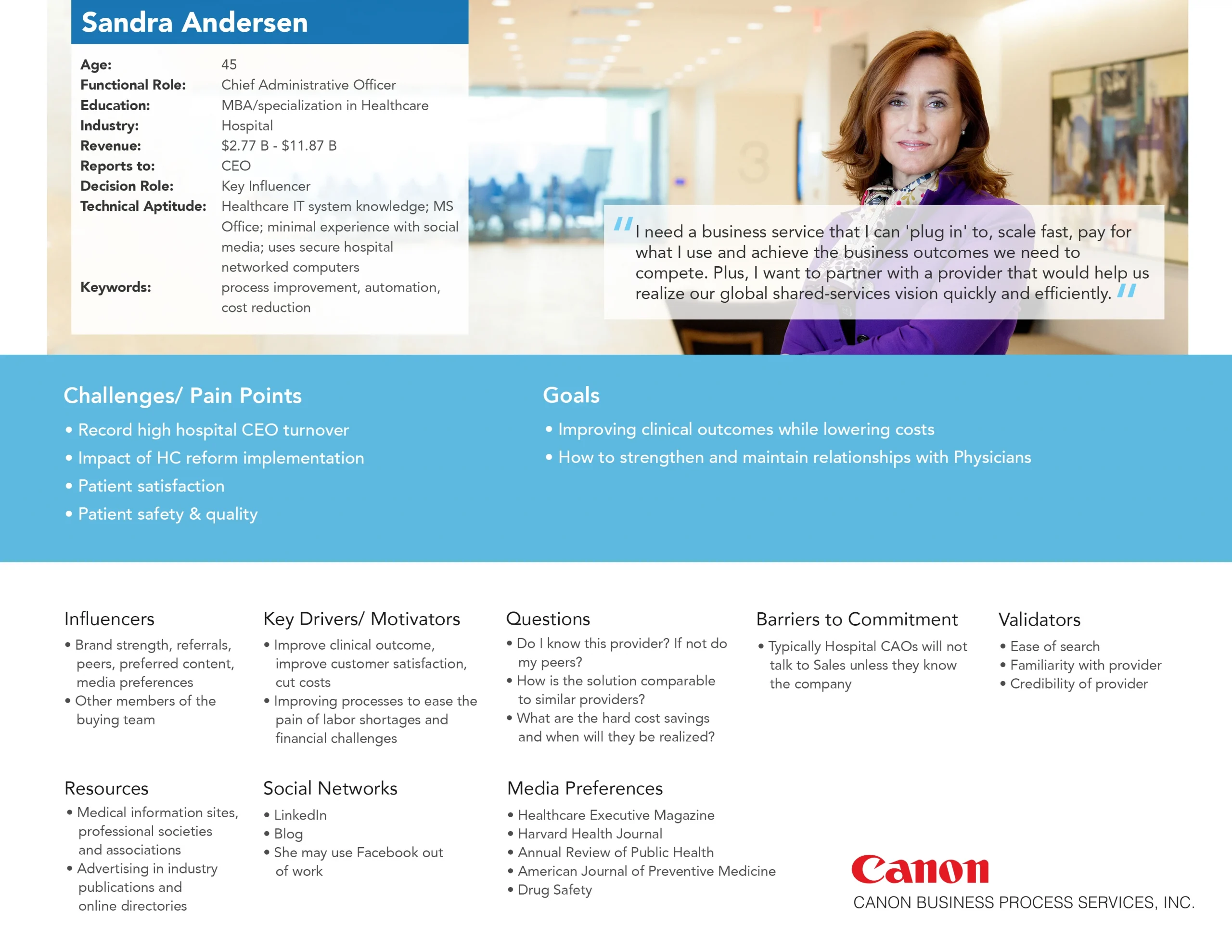
Objectives & Key Results
Objectives are goals in a single sentence; they tell us where to go. We established that objectives should be qualitative, ambitious, vague, and somewhat uncomfortable.
We gave each objective a few Key Results, which answered the question, “How will we know if we met our objective?” Our Key Results were measurable, quantifiable, and difficult but not impossible.
The Key Results were graded every quarter on a scale of 0 to 1. A great target grade usually ranged from 0.6 to 0.8. We were careful to identify that if we were constantly scoring a 1, the Key Results probably weren’t challenging enough, and if constantly scoring a 0, perhaps the Key Results were too ambitious.
We established three initial Objectives for the first quarter after launch, each with their own set of Key Results.
We established three initial objectives for the first quarter after launch, each with their own set of key results.
- Inspire through stories.
- Position CBPS as a trusted industry thought leader.
- Differentiate and create favorable perceptions of the CBPS brand.
Inspire through stories.
- Achieve two (2) case studies viewed per visit. This demonstrated that prospective customers were increasingly interested in outcomes.
- Increase social sharing by 20%. Increased spreading of more narrative-based CBPS content validated a stronger connection between inspiration and storytelling.
- Establish case study pages as a 50% inquiry-driver. The best stories persuade. We focused on these stories to compel the prospective customer to take the next step to pick up the phone or send an email.
Position CBPS as a trusted industry thought leader.
- Publish five (5) thought leadership pieces per month. This was original content, created by CBPS.
- Aggregate ten (10) industry links per week. We focused on CBPS being the goto place on the web for content about topics like accounts payable or information governance. Aggregation was one of our strategies; aggregate content from around the web and let the community self-select into what’s interesting to them.
Differentiate and create favorable perceptions of the CBPS brand.
- Increase speaking requests by twenty percent (20%). This validated the perception that CBPS experts were highly sought after in the BPO practice.
- Establish inbound links or content reuse by ten (10) industry publications per month. Inbound links and content reuse acknowledged CBPS expertise within the industry.
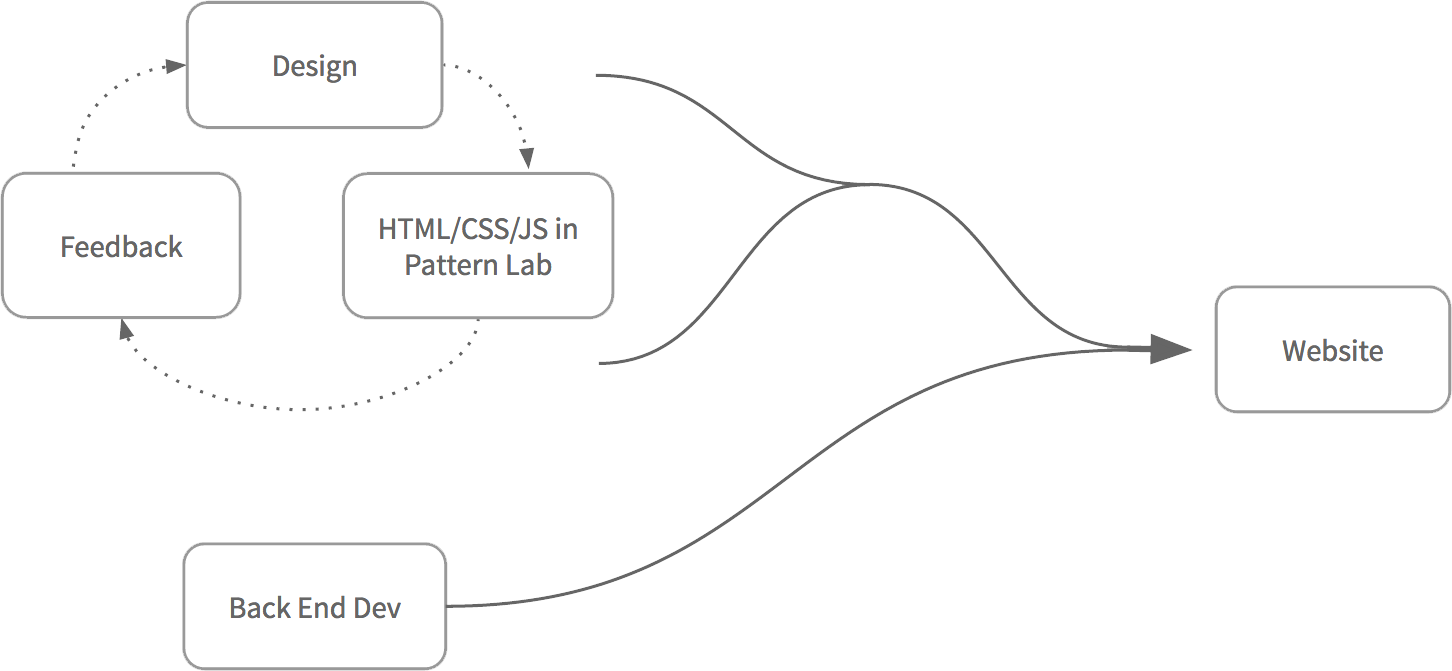
MarTech Stack
At its core our objective was to create a best-in-class website that would increase qualified leads, but we also needed to improve the technological ecosystem that powered the experience and its component parts, allowing teams to create, edit, and promote content; manage workflow; and analyze results. We required a content-first CMS that would allow various teams to make changes without developer support. We also needed to be able to make a wide variety of website updates using the CMS only.
That led me to recommend Craft CMS.
Design System
By taking advantage of Craft’s Matrix fields and using Pattern Lab as our frontend workshop environment, we were able to create a design system that was built on a host of design decisions, allowing “pages” to be broken up into modular content types and patterns. These modules could then be infinitely recombined to deliver additional pages and templates as needed. Craft also enabled us to easily build infographics that were updatable
through templates.
As an added feature, the data visualizations were localized; based on users’ locations, country-specific data was programmatically presented.
I was also responsible for developing and implementing a marketing technology stack for Canon consisting of 20+ SaaS solutions (see below), including services focusing on multi-channel publishing, social media management, content curation, marketing automation, and customer insight.
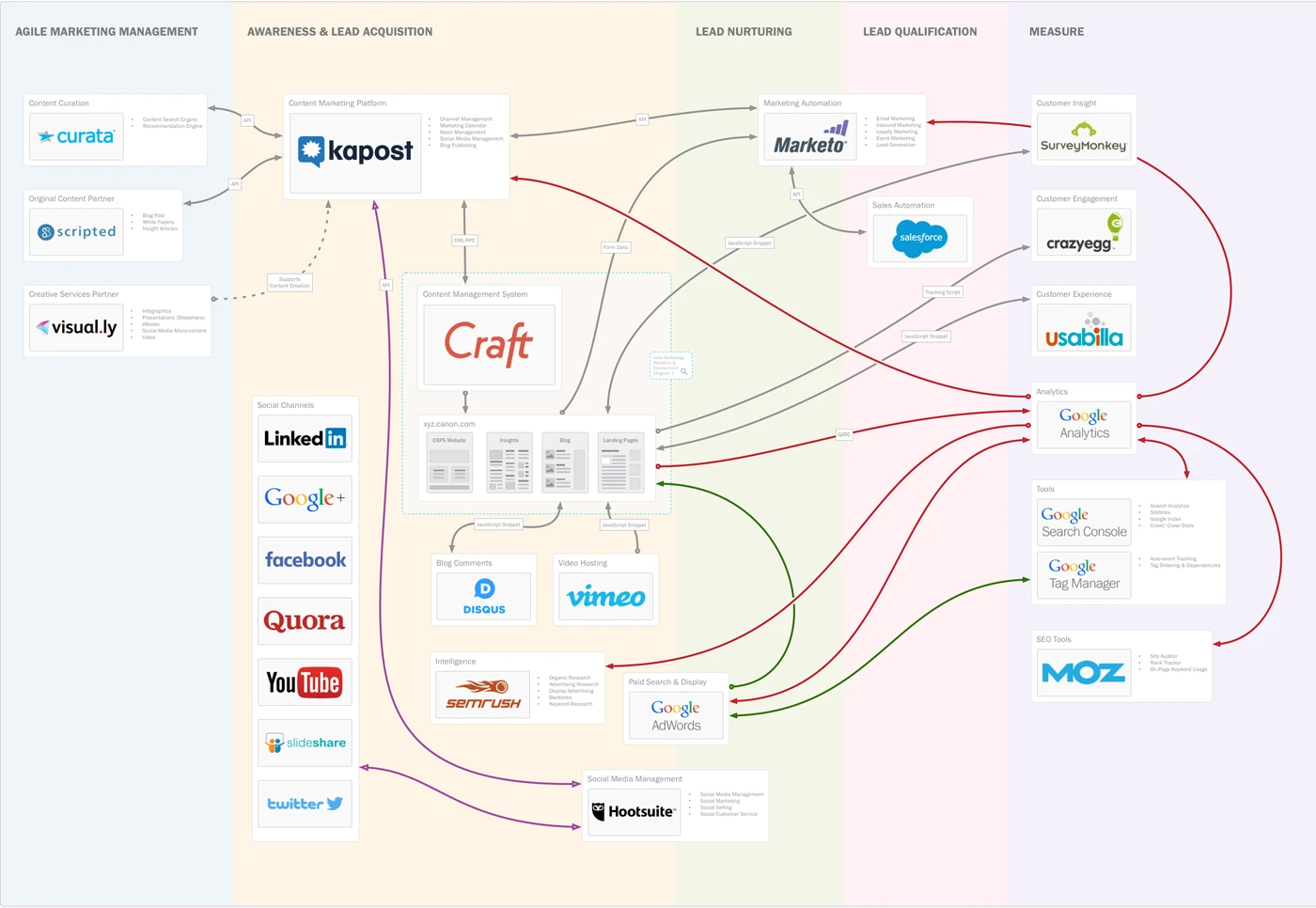
47
I improved social media effectiveness 47% by creating a centralized social media strategy using Kapost, and implementing a clearly defined content marketing workflow, eliminating silos and introducing uniform communications.
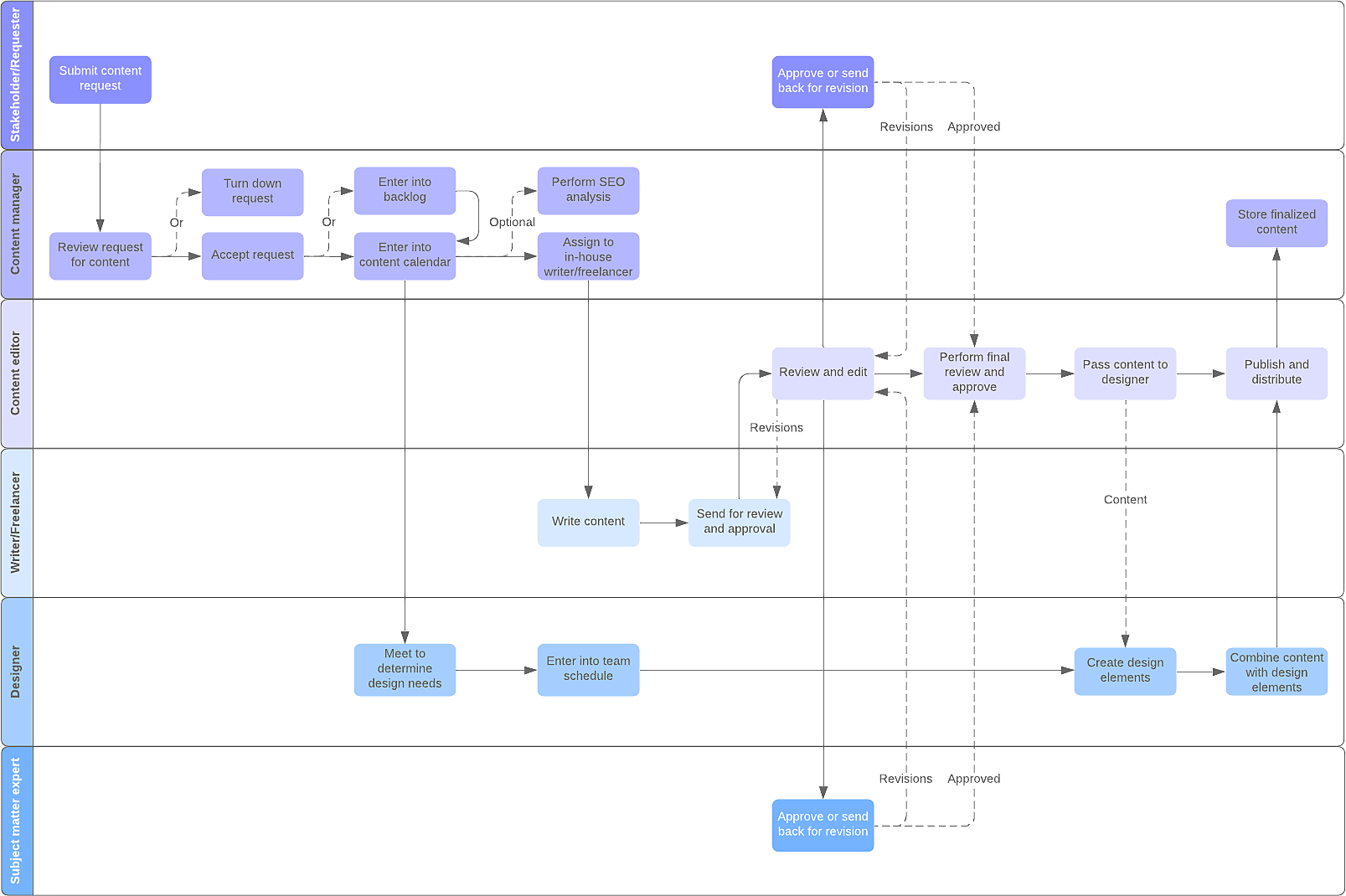
I introduced the concept of content pillars to our marketing platform, where large amounts of information on a specific topic or theme could be broken into smaller assets. This approach enabled us to deploy content at every stage of the funnel. A single pillar could sometimes provide 200+ assets that helped us drive traffic and convert prospects.
Content pillars helped us move our customer through the buyer journey, made the ideation process easier, simplified the content planning process, and created content with authority and consistency.
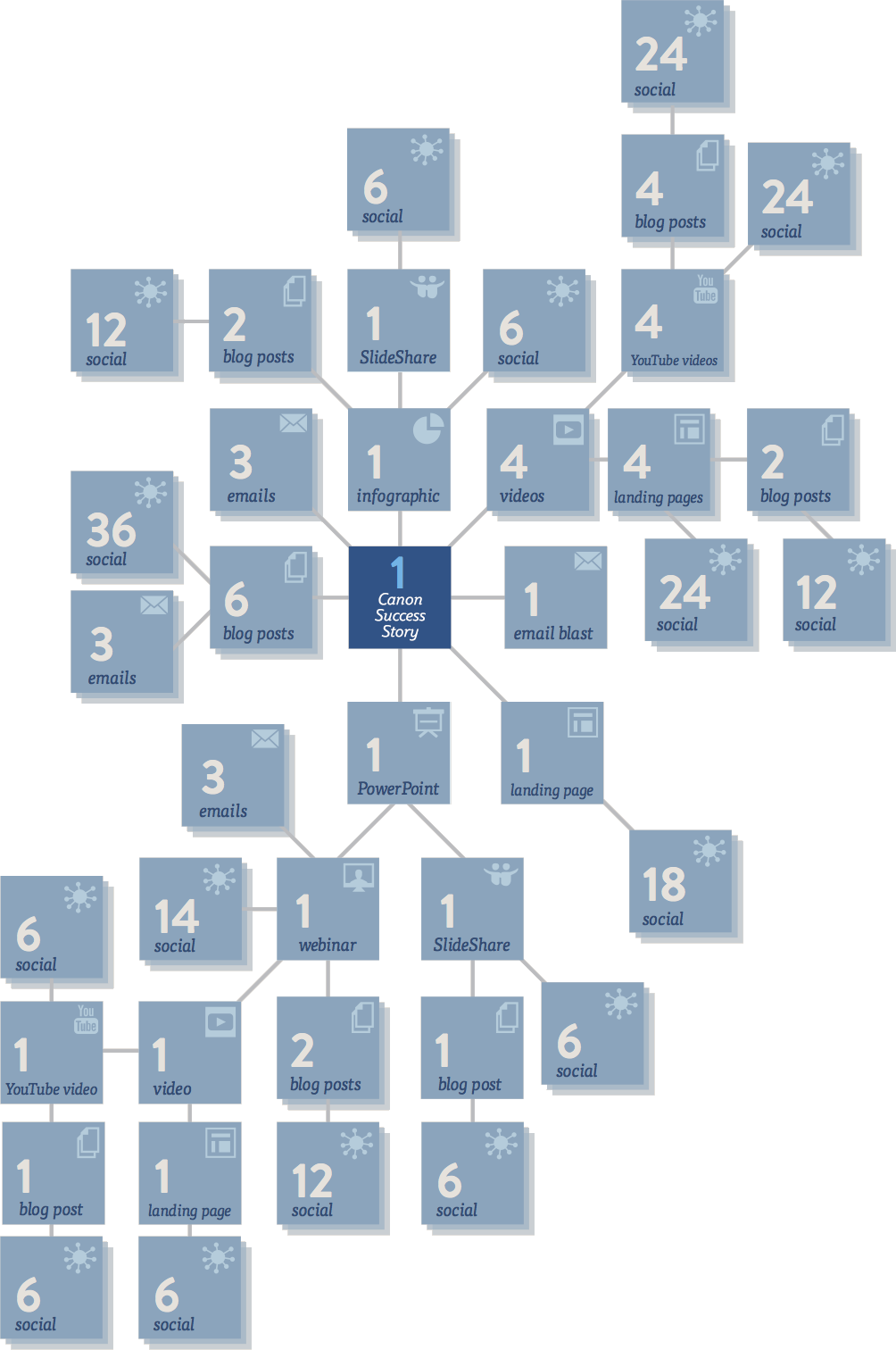
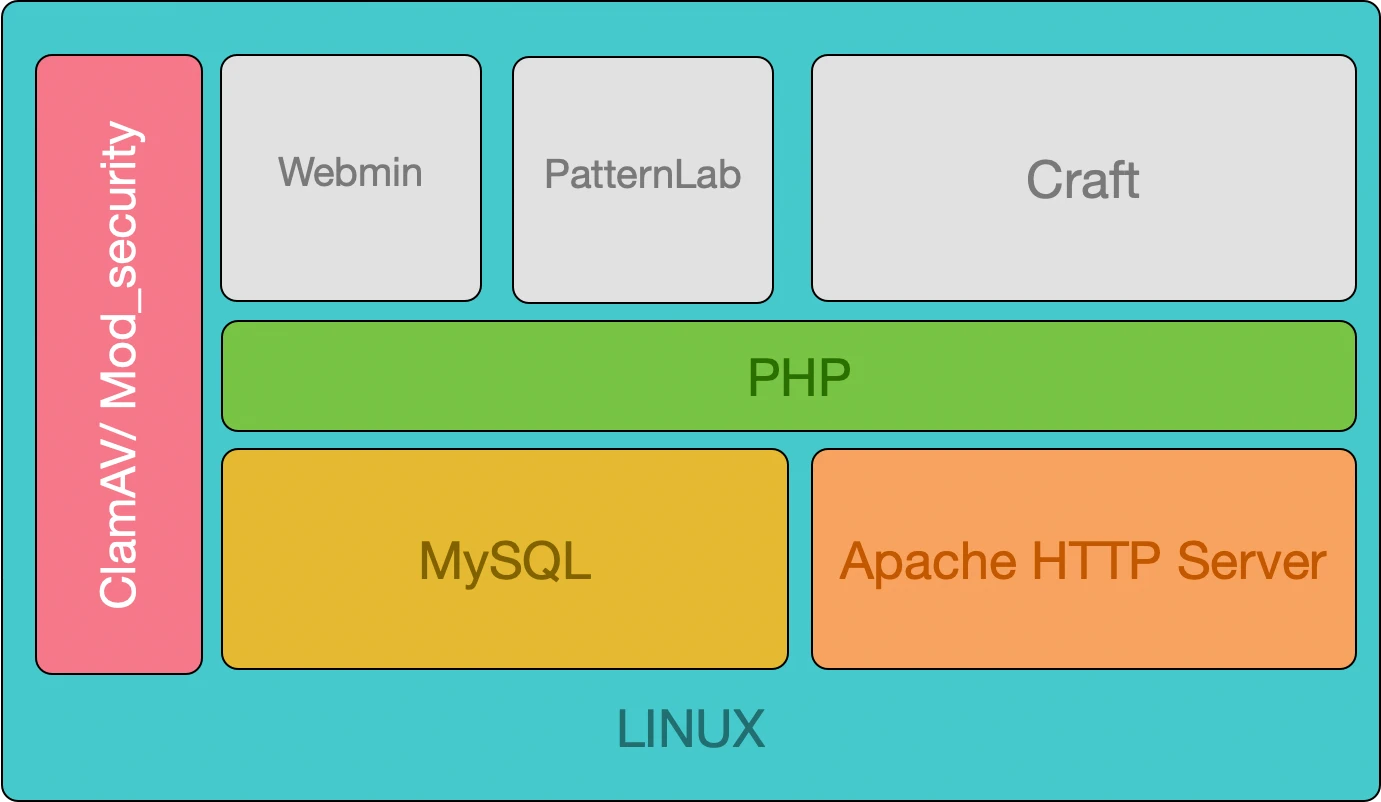


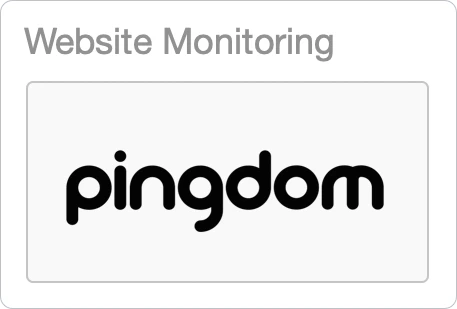
Architecture
Finally, I worked closely with our hosting service to establish my proposed staging environment that would support our new platform, along with a detailed SOP that provided requirements and guidance for the long-term management while ensuring the security, functionality, usability, and availability were maintained.
More stories coming!
I just started posting my work to Storyboardi.ng a few weeks ago (June 2023), and I still have much to do. You can view some additional work by downloading the PDF below.
Case Studies